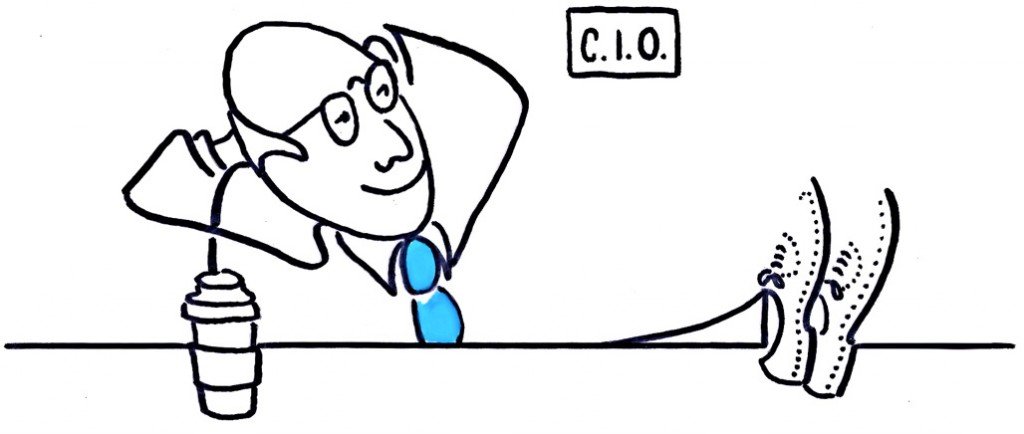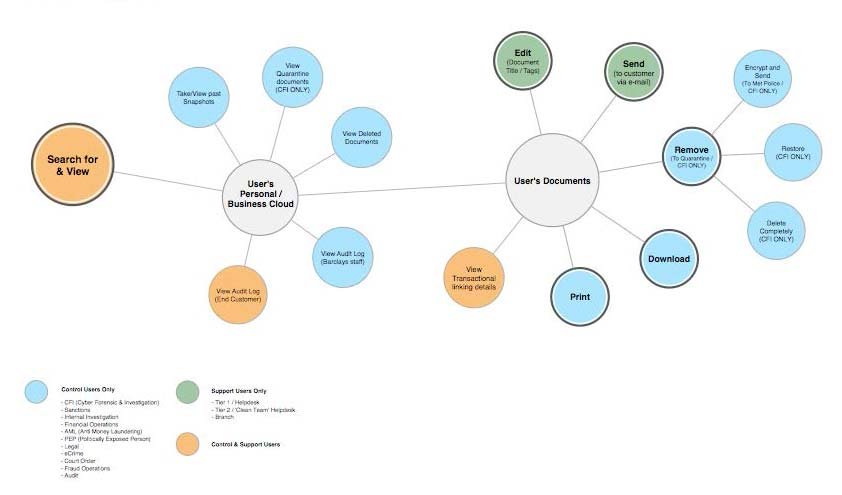Project Planning

Planning

It has been stated by renown UX experts that, Project planning is a balancing act between getting the right amount of user input within the constraints of your project. I could not agree more with that statement. However, the skill is to work out the best use of your time, how to utilise the team at hand as well as ensuring there is sufficient time available to conduct the testing as well as incorporating the findings into the UX process.
In my experience, the planning phase of a project is just as important as the findings. I try to understand what I/the team have been asked to do and, working out the best combination of activities & processes that will give us the outcome needed, but also balancing within the time, budgetary and resource constraints of the project.
I undertake a UX project with the understanding, that its my job as a UX professional to deliver the best user experience within the time and budget available. I always attempt to replay this to the other team members.
Knowing what tools and software the UX team should use is again dependant on the budget and time for project to be delivered. Also, how often we can conduct usability testing, where and the related cost implications also need to be addressed from the outset.
The key principle I follow for my UX projects is the same; I ensure the involvement of the end users as often as possible. Ofcourse, budgetry constraints can have an influence on how often we involve the user, but user involvement will not only improve the output of the project, but will also help to inform decision making which can often delay projects.
Project Brief

Every project should contain a project brief, a good brief will clarify the reasons for the project and outline expected outcomes. Given the opportunity, I always try to go through this before we kick-off the project, ensuring that all stakeholders have reviewed the breif and get as much input as I can.
A good brief can contain:
- Description of the project – What is the project to do? The must haves and must-nots.
- Business goals, objectives, and expected outcomes — What the organization expects to gain from the project. For an online shop this might be to increase conversion rates, but other organizations may have less concrete goals such as improving understanding or feedback ratings.
- Target audience — Who does the organization want to be using their new product/service?
- Brand guidelines—Any requirements to convey existing brand personality, such as tone of voice, logos, use of imagery, and so on.
- Key stakeholders — Who is your point of contact? Who must you show your findings to? Who must approve your designs?
- Expected timings — When must the project be completed by? are there phases certain aspects must be completed by?
- Technological constraints — Are there any technologies the project must use? For example, content management systems or merchandising software. What are the strengths and weaknesses of the technology?
Kick-Off Meetings
This is where I usually get everyone on the project together, thats the Stakeholders, Product owners, BA’s, UX teams, Design teams, Development teams as well as the suplimentary teams such as administrators, procurement and other facilitators. The main reason for the get together is:
- Have a discussion around the project brief
- What is expected from all the team members
- Share timelines for the various teams
- Ensure all members introduce each other
- Share contact information
Once this exercise is complete, I sit down with the UX and Design teams to discuss sprint cycles, break the team into silo’s of functionality, this helps manage the work and ensures all members of the team know what their responcibilites are and who their main contact would be in terms of management and stakeholders.

